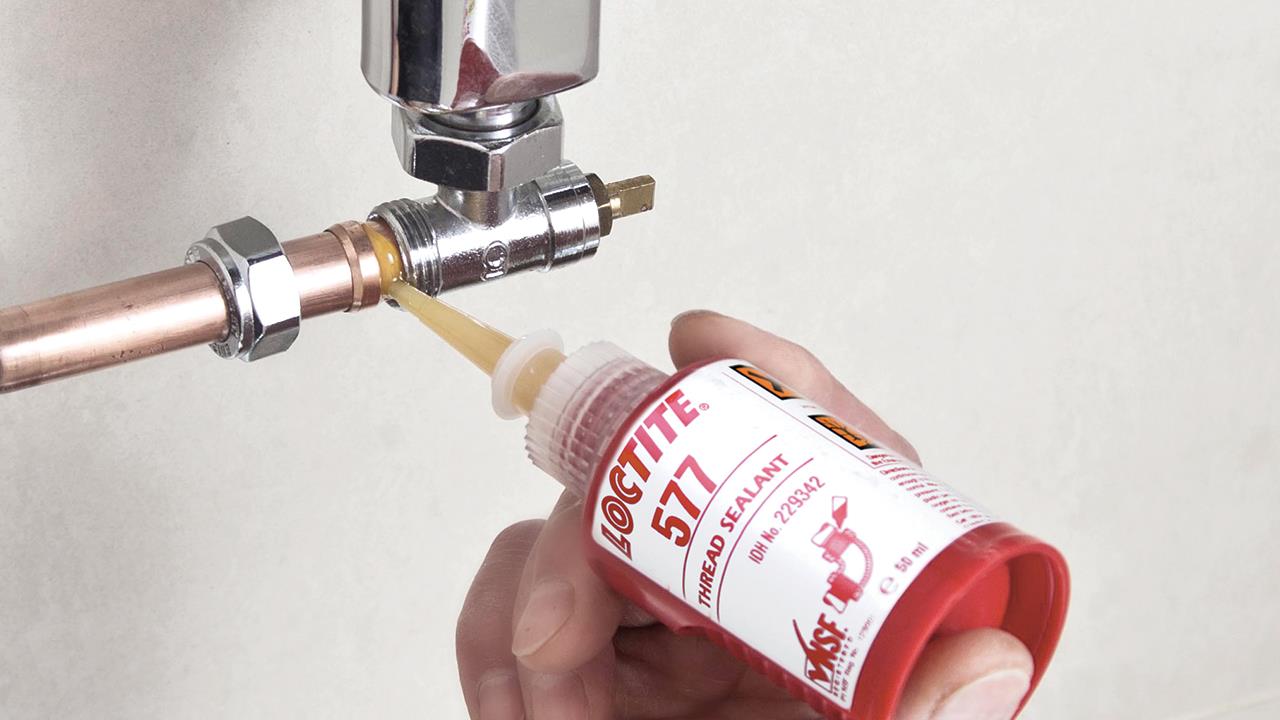

For a plumber, getting the seal right the first time is a must, for practical as well as professional reasons.
Firstly, time efficiency is critical, and ensuring a watertight seal from the outset minimises the need for revisits and corrections. This not only enhances the plumber’s reputation for reliability and proficiency, but also allows them to take on more projects, ultimately increasing their productivity and income.
Accuracy in sealing is also directly tied to cost-effectiveness. Repeated visits to fix leaks or address sealing issues incur additional expenses in terms of time, materials, and potential damage repair. A plumber’s ability to complete a job efficiently and without the need for callbacks contributes to cost savings for both the professional and the client.
Moreover, a first-time right approach reflects positively on the plumber’s expertise and craftsmanship. Clients appreciate a job that is done correctly from the start, showcasing skill and attention to detail. Satisfied clients are also more likely to recommend the plumber to others and become repeat customers, fostering a strong reputation and steady business growth.
The big question, of course, is how to achieve the perfect seal. Here are two solutions that every plumber should know about – along with how to get the best out of them, time after time.
Thread sealing cord
Thread sealing cord is perfect for the sealing of metal and plastic pipes and fittings. The ideal choice for many plumbers and installers looking for a quick, clean, and cost-effective solution, the product seals threaded fittings for gas, water, LPG and compressed air. Designed with ease of use in mind, no cure time or training is required to achieve an instant, leak-proof seal for both metal and plastic joints with a sealing cord like LOCTITE 55.
Crucially, thread sealing cord allows for reliable re-adjustments of 45° after tightening, therefore providing the ability for fittings to be backed-off to achieve special alignments for bends, elbows, or gauges without fear of leakage.
However, during application, it’s vital to avoid the common mistake of overuse or wrapping the sealing cord around the threads too many times.
First, ensure metal threads are clean from contamination and where necessary, e.g. large fittings, roughen the surface of smooth threads.
Starting from the end of the pipe, wrap the cord around it in a criss-cross pattern, following the same direction as the thread.
The LOCTITE label provides guidance on the recommended number of wraps for your thread size. When wrapped around, cut the cord with the integrated cutting tool at the top of the tube. Then, simply assemble using accepted trade practices.
Liquid pipe sealing
Another useful product to keep in your toolkit is a low-pressure liquid pipe sealing solution for the locking and sealing of metal pipes and fittings, as well as other threaded assemblies.
When sealing against heating oil, with parallel-to-parallel or metal-to-metal joints made from brass, copper, iron, or stainless steel – a liquid pipe sealant, such as LOCTITE 557, provides a reliable chemical and thermal-resistant seal for all applications. The single-component adhesive cures with both active and inactive metals, and locks and seals in any position, resisting vibration loosening and providing a defence against corrosion over time.
For best installation, leave the first thread free when applying the bead to the leading male thread and assemble using wrench tightening in accordance with manufacturers’ recommendations.
Despite its strength, this anaerobic thread sealant is still easily removed with standard hand tools, saving crucial time for the likes of commercial installers who have ongoing maintenance schedules.
Less is more
With both thread sealing cord and liquid pipe sealing, less is more. For example, when sealing a pipe with 577 you will only need a small amount – a 360° bead around the male thread will achieve an unmatched seal. For bigger threads, simply apply both on male and female threads.
Similarly, LOCTITE 55 only requires the number of wraps recommended on the pack. For example, for a half inch joint, six to eight turns will suffice. This allows for more uses per product than traditional methods and maximises the number of seals you can achieve – 405 half inch joints can be wrapped from the 160m dispenser.
If you'd like to keep up-to-date with the latest developments in the heating and plumbing industry, why not subscribe to our weekly newsletters? Just click the button below and you can ensure all the latest industry news and new product information lands in your inbox every week.